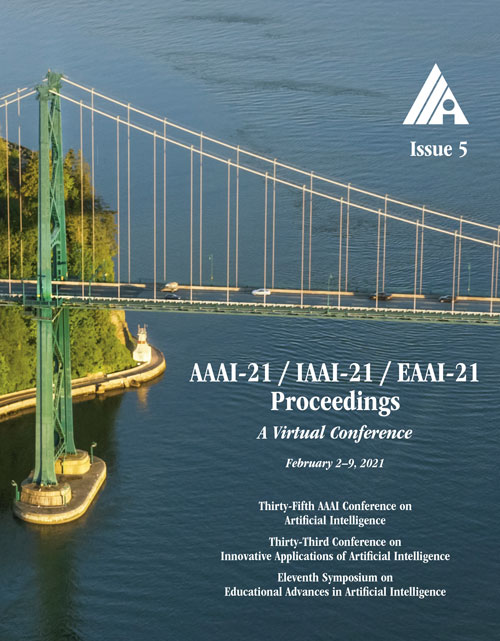Coupled Layer-wise Graph Convolution for Transportation Demand Prediction
DOI:
https://doi.org/10.1609/aaai.v35i5.16591Keywords:
Mining of Spatial, Temporal or Spatio-Temporal Da, Graph-based Machine LearningAbstract
Graph Convolutional Network (GCN) has been widely applied in transportation demand prediction due to its excellent ability to capture non-Euclidean spatial dependence among station-level or regional transportation demands. However, in most of the existing research, the graph convolution was implemented on a heuristically generated adjacency matrix, which could neither reflect the real spatial relationships of stations accurately, nor capture the multi-level spatial dependence of demands adaptively. To cope with the above problems, this paper provides a novel graph convolutional network for transportation demand prediction. Firstly, a novel graph convolution architecture is proposed, which has different adjacency matrices in different layers and all the adjacency matrices are self-learned during the training process. Secondly, a layer-wise coupling mechanism is provided, which associates the upper-level adjacency matrix with the lower-level one. It also reduces the scale of parameters in our model. Lastly, a unitary network is constructed to give the final prediction result by integrating the hidden spatial states with gated recurrent unit, which could capture the multi-level spatial dependence and temporal dynamics simultaneously. Experiments have been conducted on two real-world datasets, NYC Citi Bike and NYC Taxi, and the results demonstrate the superiority of our model over the state-of-the-art ones.Downloads
Published
2021-05-18
How to Cite
Ye, J., Sun, L., Du, B., Fu, Y., & Xiong, H. (2021). Coupled Layer-wise Graph Convolution for Transportation Demand Prediction. Proceedings of the AAAI Conference on Artificial Intelligence, 35(5), 4617-4625. https://doi.org/10.1609/aaai.v35i5.16591
Issue
Section
AAAI Technical Track on Data Mining and Knowledge Management

